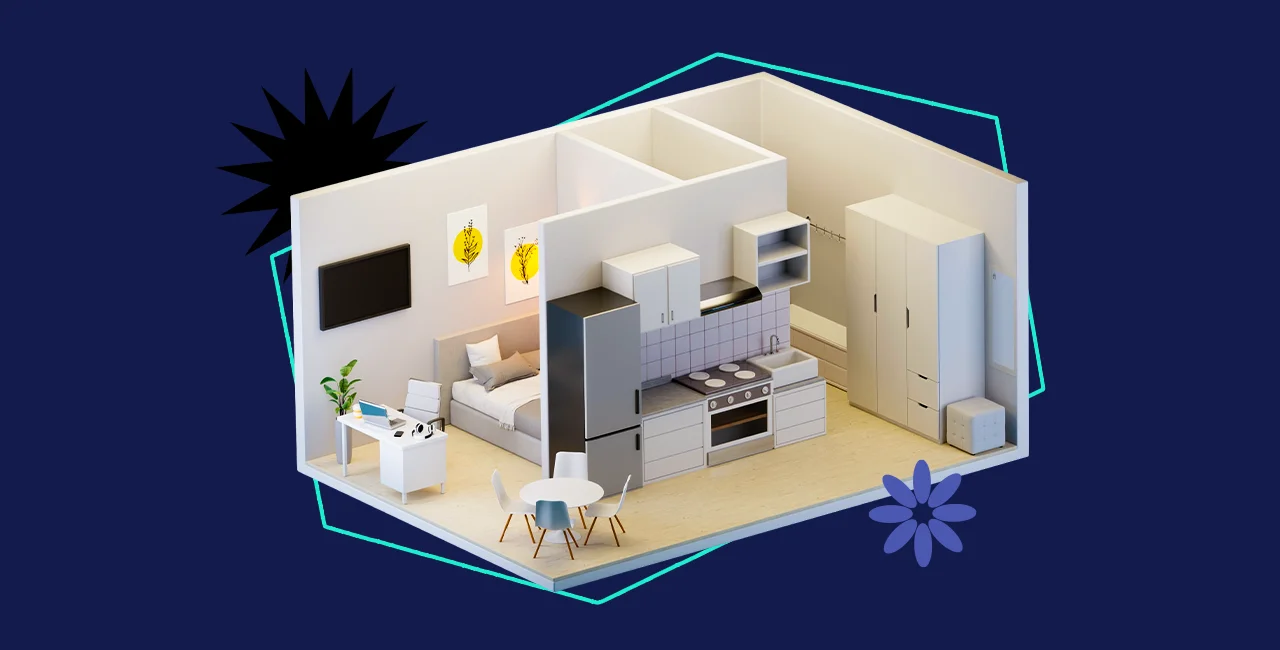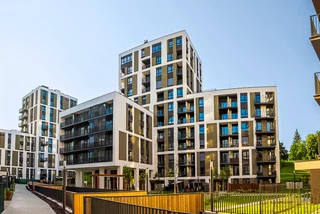Development firm Penta Real Estate is set to begin a project in Prague's Smíchov district, constructing approximately 300 micro-apartments on land acquired last year. The development, slated to begin in the first half of 2026 and cost around CZK 1 billion, aims to alleviate the housing shortage in the area.
The original spatial plan for the location by the much-used Na Knížecí bus stop (in Prague 5) had envisioned an office building, but Penta Real Estate's Development director, Rudolf Vacek, explained that the company opted to shift the project into a residential one.
While the term of micro-apartment evokes images of tiny, cramped spaces, these units will technically meet standard housing criteria, with a minimum floor area of 16 square meters—just enough room to live, work, and sleep.
Penta Real Estate plans to sell the apartments to investors, primarily targeting the younger generation. Jan Kalaš, director of sales, highlighted the appeal of the project, which is set to have various amenities. He said: “People increasingly expect community spaces for meeting peers and neighbors, for example, a gym or exercise hall.”
The trend towards building smaller apartments is not unique to Penta's project, as Petra Hána, director of the department focused on real estate and construction at Deloitte, noted that demographic changes are driving demand for smaller housing units.
"Since 2010, the number of one-person and two-person households has increased significantly. At the same time, people live alone for longer, especially in the period when they start their working careers. There is also a high divorce rate and an increase in life expectancy. Thanks to these influences, people are currently learning to choose suitable housing," Hána explained.
Data supports this trend, with the average size of apartments in Prague decreasing by 14 percent over the last 10 years, from 72 square meters in 2014 to 62 square meters currently. František Brož, a developer market specialist, attributed this decline to both a real decrease in apartment size and a shift in the structure of apartment types on the market. "The number of one-room apartments has almost doubled since 2014," Brož told Czech media outlet Seznam Zprávy.
Hána added: "The second reason [for new micro-apartments] is their price. In terms of square meters, they may be more expensive than surrounding properties, but in the context of their [small] size, their total price will still be more affordable than other apartments on the market.”
A suitable example of a specific reconstruction of an old building that has been converted into small apartments is the V Blok project, which was implemented by Prague's PSN real estate firm.












 Reading time: 2 minutes
Reading time: 2 minutes 



 English
(Advanced)
English
(Advanced) Italian
(Advanced)
Italian
(Advanced)























